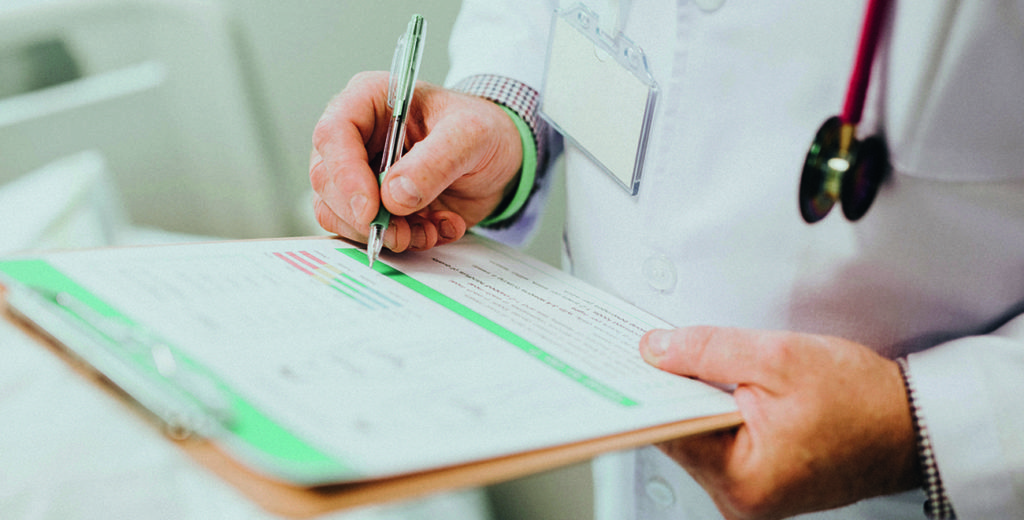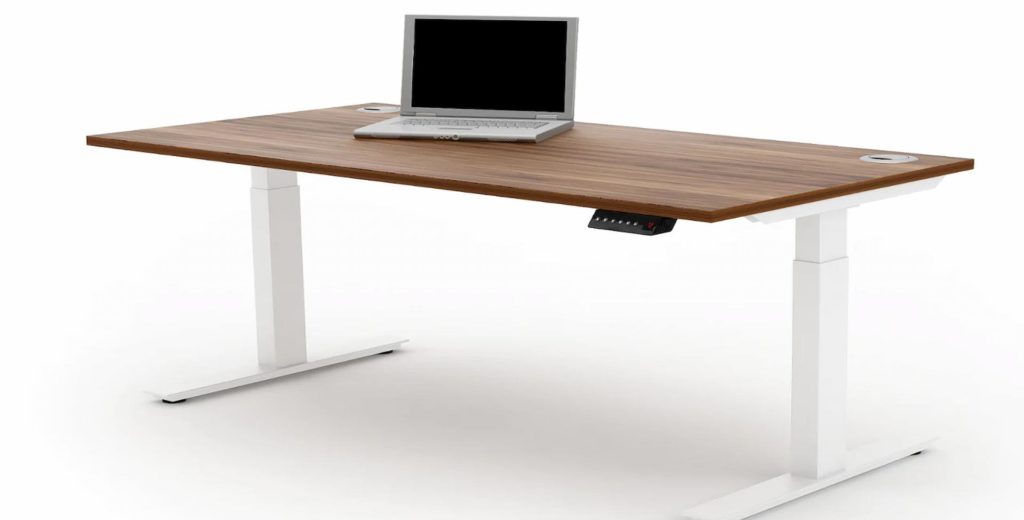Legionella is the most known pathogenic bacteria that is found in the water tanks, showerheads, clogged water, and other water systems that are most commonly found at home or any building.
When the residents or anyone living in the building where these bacteria are active, then it can spread pneumonia-like afflictions to the one breathing in the air in the same location.
However, the landlords or the landowners must carry out the Legionella risk assessment tasks or procedures, especially when they are planning to rent out the entire building or the house.
So, this risk assessment plan includes:
- Identify The Existing Dangers Lurking In The Building
To identify the lurking risk inside the building, you, as a landlord, must know about the water systems that are already installed. Then, you need to check when was the last time the waster inside those water systems was changed, cleansed, or filtered.
- Identify Who Can Be At The Right At The Moment
Another step under the risk assessment of the Legionella bacteria attack identifies the people who might be at risk. This means you need to know who all are living in the building where the Legionella bacteria might be found.
Otherwise, you need to know that mostly the elderly, youngsters or children are affected most by such bacterial infections. Thus, you have to take care of such people first as the crucial step of the risk assessment for the Legionella bacteria.
- Take The Right Measures To Control The Bacteria
Firstly, check what the measures that are already deployed to eliminate the risk of any of the Legionella bacteria to occur in the targeted area are. Then move ahead to decide the alternative risk control and corrective measures to be deployed.
This might also include connecting with the professional cleaners or the inspectors who are responsible for attacking the Legionella bacteria at any of the affected homes or buildings.
After that, you can also warm the people who might be drinking or using such water, to change the water supply and stay away from the affected water system.
Then, of course, you would need to fish out the contaminated water with masks and gloves, from the water tanks or the affected water system, if you are not yet calling the experts home.
- Note The Findings Of The Risk Assessment
You have to note down the entire episode from the start to the end whenever the Legionella bacteria have affected any area. Then you need to interpret what was the best alternative that worked in keeping people safe while living in the same building.
This record helps to go back to the original study, if, by chance, such incidences happen again, or for any kind of quality verification when the property is being sold in the market.
The risk assessment steps for the Legionella bacteria are quite simple when you considered the same that are mentioned above.



